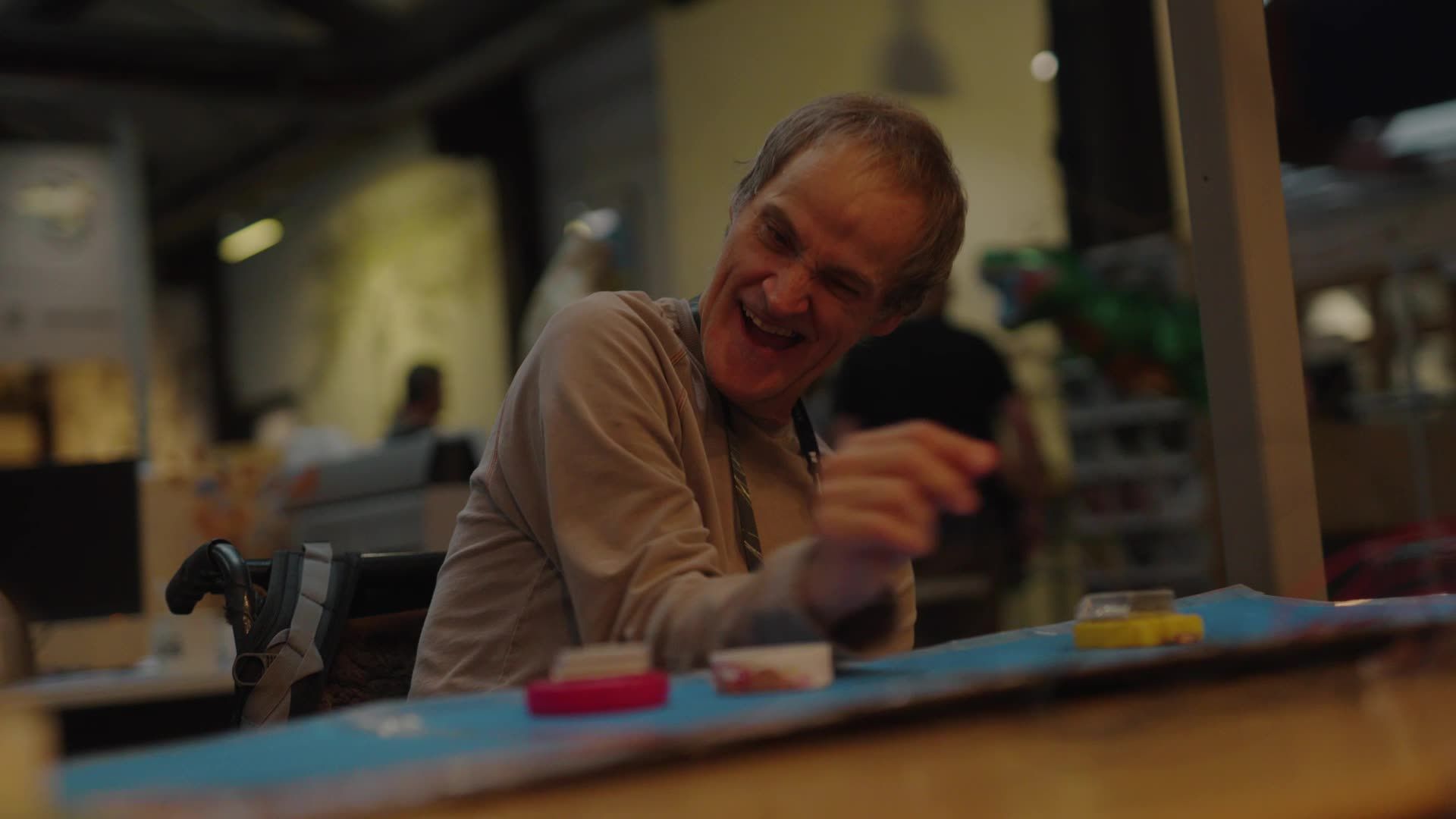New Orleans Jail Escape: Facial Recognition Tech Use Sparks Privacy Concerns and Legal Questions

The search for escaped inmates from the New Orleans jail has brought intense scrutiny to the New Orleans Police Department's (NOPD) use of facial recognition technology. A recent investigation by The Washington Post has revealed that the NOPD has been leveraging Project N.O.L.A.’s extensive network of facial recognition cameras to track potential suspects across the city for the past two years. However, the manner in which this technology has been deployed is raising serious questions about compliance with local ordinances and potential overreach of surveillance powers.
Project N.O.L.A., a network of surveillance cameras strategically placed throughout New Orleans, was initially intended to enhance public safety and deter crime. While its purpose is laudable, the Post's report indicates that the NOPD's application of facial recognition capabilities within this network has exceeded the boundaries outlined in local regulations. Specifically, the investigation suggests the police have been utilizing the technology for broader monitoring purposes, extending beyond the immediate pursuit of specific criminal suspects.
What's the Controversy? The core of the issue revolves around the tension between public safety and individual privacy rights. Local ordinances are designed to safeguard citizens from unwarranted surveillance and ensure responsible use of technology. The Post’s findings suggest that the NOPD’s actions may be “out of step” with these protections, potentially creating a chilling effect on freedom of expression and assembly. Critics argue that the widespread, unchecked use of facial recognition technology can disproportionately impact marginalized communities and lead to misidentification, resulting in wrongful detentions or accusations.
The Technology in Question: Facial recognition technology works by analyzing facial features and comparing them against databases of known individuals. When integrated with a camera network like Project N.O.L.A., it allows authorities to automatically identify individuals in real-time. While this capability can be valuable in locating missing persons or apprehending dangerous criminals, it also presents significant risks if not carefully regulated.
Legal and Ethical Implications: The NOPD's actions are now facing legal challenges and calls for greater transparency. Civil liberties advocates are demanding a thorough review of the department's facial recognition policies and practices. They contend that the current system lacks sufficient oversight and accountability, leaving it vulnerable to abuse. Furthermore, the use of this technology raises fundamental ethical questions about the balance between security and privacy in a democratic society.
Moving Forward: The ongoing investigation and public debate surrounding the NOPD’s facial recognition use are likely to lead to changes in how the technology is deployed in New Orleans. Expectations are mounting for stricter regulations, enhanced oversight mechanisms, and increased transparency regarding data collection and usage. The case serves as a crucial reminder of the need for careful consideration and robust safeguards when implementing powerful surveillance technologies, ensuring that public safety is not achieved at the expense of fundamental civil liberties. The jail escape has inadvertently shone a spotlight on a deeper conversation about the future of surveillance in New Orleans and beyond.





